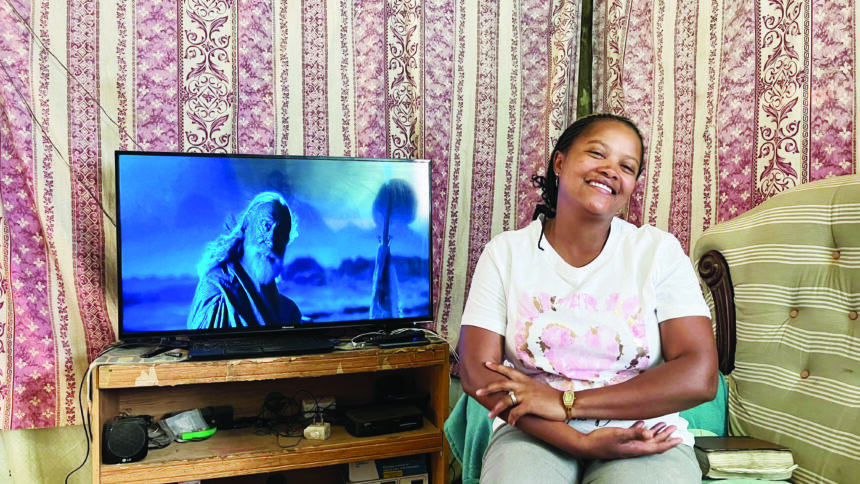KARIBIB – In response to a dark chapter in Karibib’s history, the authorities acted swiftly to electrify the town’s Harambee location.
Karibib mayor Davey van Wyk said the community has faced numerous challenges due to inadequate lighting and electricity in the area.
“The tragic incident involving young Adrian Myne Oswyn has underscored the severe safety issues that arise from insufficient infrastructure. The darkness in our informal settlements has not only created hazards, but also emphasised the urgent need for improved services to ensure the security and well-being of all residents, especially our vulnerable children,” he said.
Oswyn’s dismembered remains were discovered floating in a sewage dam in the town days after he was reported missing.
He went missing on 4 October 2022 after visiting his grandfather.
His partial remains were found days later, floating in a sewage dam in a maizemeal bag, about 1.2 kilometres from the Harambee location, where his mother and grandfather live.
The government allocated N$12 million to electrify key areas in the Erongo region.
The initiative, aimed at transforming the lives of thousands of residents in peri-urban and informal settlements, underscores the government’s commitment to inclusive development and reflects its broader vision of achieving a 50% electrification rate by 2025 as outlined in the Harambee Prosperity Plan II.
“I am so happy that we finally got electricity,” said Melissa Seibes, a resident of the Harambee location.
She is one of the 151 residents who were connected to the electricity grid after a long wait.
“I have been waiting for five years now, and we are really thankful that we finally got electricity,” she said while switching on her television for the first time.
Another resident explained that getting electricity in the area not only makes life easier but also enhances the safety of those living there.
Deputy Mines and Energy Minister Kornelia Shilunga said the government plans to electrify three key areas within the region as part of its ongoing efforts to enhance infrastructure and improve living conditions for its citizens.
“Three areas have been identified to benefit from this allocation, namely Usab in Karibib, Saamstan in Usakos and the Omdel location in Henties Bay. These projects are a collaboration between the Mines and Energy ministry and Erongo Red,” she said.
This electrification initiative is in line with the goals of the Harambee Prosperity Plan II, which aims to increase the electrification rate in Namibia from 34% in 2015 to 50% by 2025.
“We are on our way to achieving that through this electrification programme, as access to electricity is not just a matter of convenience. It is a fundamental human right, and a crucial enabler of progress,” she remarked.
Erongo Red CEO Tino Hanabeb highlighted the company’s role in the initiative, underscoring their commitment to enhancing the region’s electrical infrastructure.
“Our plan is to service more than 1 000 new connections per annum. Within the peri-urban and informal setups, our target is 500 houses, and we are on course to identify and service these houses within our region. This electrification project simplifies our effort to distribute and supply electricity across the region,” he noted.
The mayor thanked the Ministry of Mines and Energy, Erongo Red as well as Faradays Electrical and Mechanical for their swift response in addressing the electrification needs of the community.
Erongo governor Neville Andre praised the collaborative nature of the project, recognising it as a critical step in improving living conditions in the Harambee location.
“Today, we celebrate a significant milestone in our journey towards enhancing the quality of life for the residents of the Harambe location,” said Andre.
According to him, the project will not only provide much-needed electricity but also open doors to new opportunities for education, economic activities as well as improved health and safety.
-edeklerk@nepc.com.na


